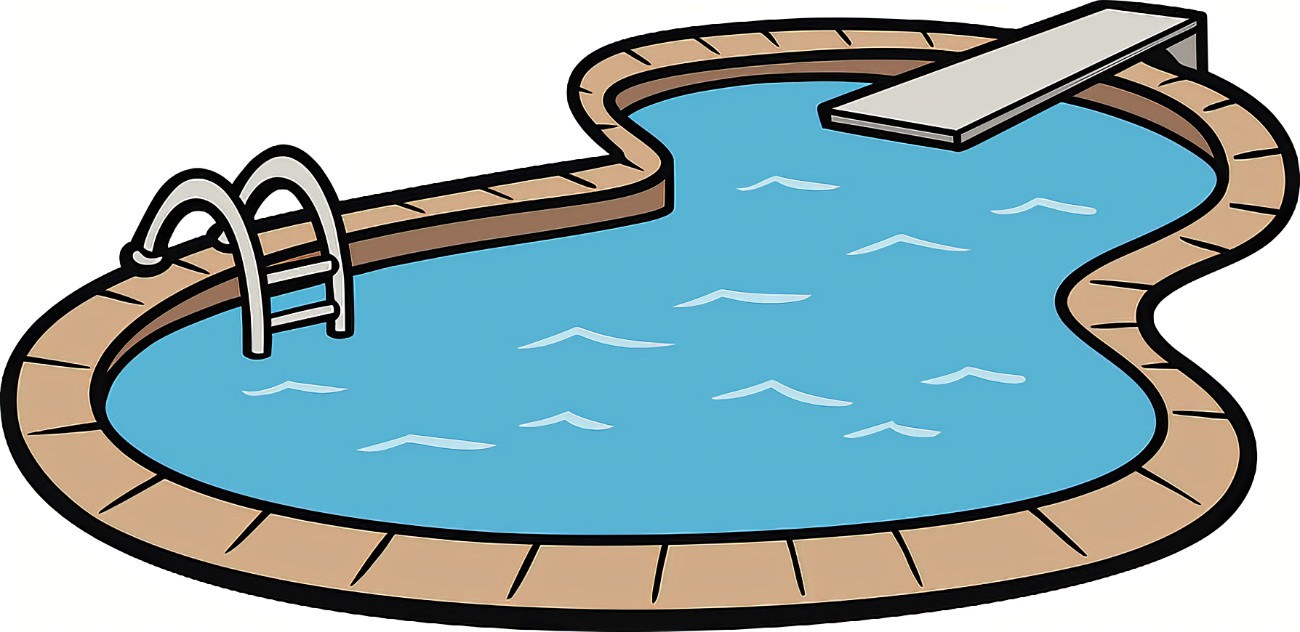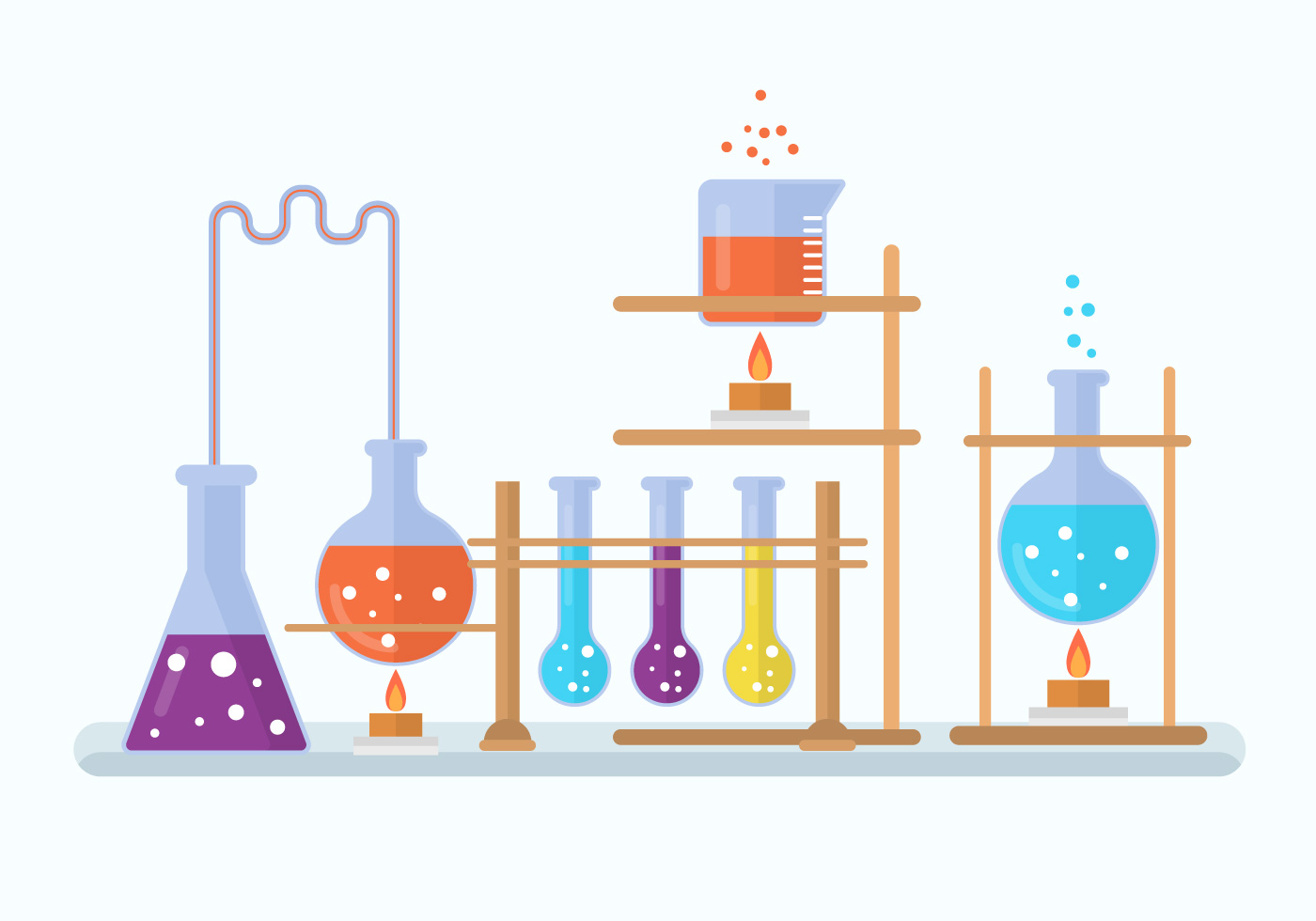Chlorine demand is defined as the inability to maintain a chlorine residual in a pool or spa even after repeated application of chlorinating product.

There are a great number of substances that can contribute to chlorine demand.
These include (but are not limited to) bacteria, algae, ammonia, urine, sweat, health and beauty products, bather waste and animal waste. These contaminants can enter the water many ways, such as source water, rain water, bathers, animals, fertilizers, plants/leaves and industrial pollution. Determining the cause of chlorine demand in a particular pool may be impossible to establish, and is usually not truly relevant to the treatment needed.

Unfortunately, there is no easy cure for many chlorine demand situations. In most cases, there are still only two options. The first is to apply the appropriate amount of chlorinating product (as determined through testing with the a specialized (and expensive) chlorine demand test and the second is to replace some of the water with fresh water that has no chlorine demand. In situations where the chlorine demand is accompanied by very cloudy water, a treatment with flocculants may reduce the demand by physically removing some of the contaminants from the water. This doesn’t cure the demand, but can possibly lessen it. It will be necessary to run a chlorine demand test again in this case.

Treating chlorine demand can seem overwhelming, especially if the demand is large. During treatment, it is important to recognize that there are two types of materials being treated. The first is “fast-reacting”. This would include small molecules such as ammonia. Ammonia reacts with hypochlorous acid very quickly and is easily oxidized. The second type is “slow-reacting”. This includes larger molecules like amino acids and proteins. These molecules are typically very complex; therefore, they require more time to oxidize. These larger, slower reacting contaminants are usually the result of swimmer waste such as sweat or urine and can take up to thirty-six hours to completely oxidize. Chlorine demand is likely caused by a combination of different types of contaminants, so the treatment time and difficulty could vary.
Keep timing in mind when you are treating chlorine demand…it’s important. Checking the chlorine residual a few hours after treatment could show the presence of free chlorine, and you might assume the demand is broken. However, if slow-reacting contaminants are present, the chlorine can be used up as they continue to react. As a result, the chlorine residual will end up at zero as more time passes, which means that the demand is not truly broken. This is why it’s very important to add the entire amount of recommended product as instructed, continue to test frequently, and be sure the free chlorine residual holds at 1 – 4 ppm for a full 24 to 36 hours.

Of course, the best course of action is always prevention. Keeping on a system that includes routine oxidation as well as application of a maintenance algicide will help keep pool water clear and free from contaminants that can contribute to chlorine demand. It is also important to know when additional oxidation is needed. Most pool care systems recommend a once per week application of an oxidizer, but there are instances where more frequent addition is needed. These include heavy bather loads, rain, warmer than normal temperatures, and any time there is suspected contamination of the pool water (such as fertilizer or pollutants). Designing a maintenance program specific to the characteristics of each pool will help prevent problems before they begin.
The best way to prevent chlorine demand is to follow one of the Three Step Programs. Consistent sanitation, regular shocking, and the application of an algae preventative are the best weapons against any kind of problem, chlorine demand included.
To minimize the risk of chlorine demand from outside contaminants, shock the pool after periods of heavy use and avoid getting chemicals in the pool, such as lawn sprays, fertilizers, pesticides and other pollutants.

Have questions? Reach out any time at www.findmyanswers.ca



